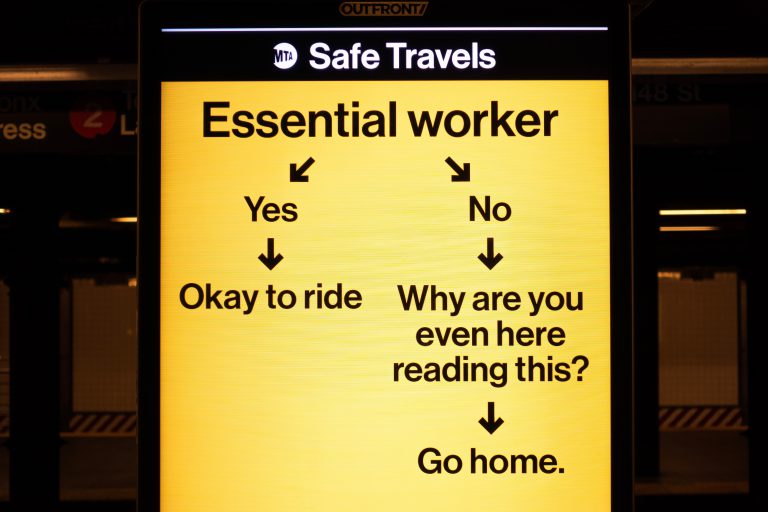Some people believe that the world should have been more prepared for the COVID-19 pandemic. The right technology and processes were already present to optimize outpatient and inpatient management. However, it was never fully in effect for healthcare facilities.
The COVID-19’s impact is more than the death of millions of lives worldwide; it also exposed glaring flaws and weaknesses in different healthcare systems. Due to the influx of patients requiring critical and immediate attention, panic levels were too high to control. This was one of the many reasons healthcare workers felt overworked in mitigating the lapses in operational management.
What went wrong with the COVID-19 pandemic response?
Tracking cases is a priority for handling COVID-19, affecting patients and healthcare workers as a whole. Understanding the timeline of COVID-19, from infection to hospitalization, helps epidemiologists and health agencies to determine hot spots for contraction in local areas. The CDC has the National Syndromic Surveillance Program (NSSP) for this purpose. Unfortunately, it’s still yet to take effect for tracking COVID-19 data.
A recurring reason why contraction rates are not as precise as they are is the mismanagement of observing protocols. Some patients with critical conditions tend to bypass primary care providers and head straight to emergency treatment. This makes their patient files difficult to track due to the urgency of the situation.
A recent survey reveals that healthcare facility managers are lacking in information relevant to treating a patient 93% of the time. This lack of uniformity and archiving of information can lead to slower responses for critical breakouts, especially with today’s volatile times.
Who’s at fault for the pandemic’s effects?
Many people believe that the delays in enforcing an immediate response to the pandemic were all part of the learning curve of adapting to a new kind of disease. Although there’s some truth to it, the greater reality is that most governments’ lack of coordination with healthcare facilities is one of the many reasons for the authorities’ lapses in judgment. An ununified disaster risk management response limits the scope of mitigating COVID-19 from spreading, no matter how effective some healthcare providers are.
Since healthcare facilities are limited in their capacity to handle integral medical information, it’s not uncommon for some regions to have a better response to the pandemic than others.
Instead of waiting for national guidelines, individual healthcare facilities can integrate modern solutions to improve patient care. Doing so allows them to optimize their archiving to provide a better service for post-pandemic interoperability practices.
What are potential interoperability options available?
Many modern medical facilities are already utilizing electronic health records (EHR) when archiving their patient data. However, some are still persistent in retaining paper records. A problem arises when clinics are unavailable, and this information will, in turn, become inaccessible.
Besides internal management of patient data, Health Information Exchanges (HIE) will allow public health agencies to coordinate to inform public officials of potential infection hot spots. By upgrading medical facilities with data transfer infrastructures such as online fax providers, it will be much easier to transfer patient information safely and securely for storage and dissemination.
Conclusion
With a new strain of COVID-19 keeping healthcare workers back on their toes for 2021, there’s hope that national responses and independent healthcare facilities can learn from past mistakes. Although the incoming threat may seem familiar, it may remain a greater challenge if people in charge are reluctant to make the necessary changes for disaster risk management.
The healthcare industry is due for many adjustments and improvements to track the recent discovery of the UK strain of COVID-19. To know more about the latest medical news worldwide, check out our blog to keep yourself up-to-date on COVID-19’s developments.
















